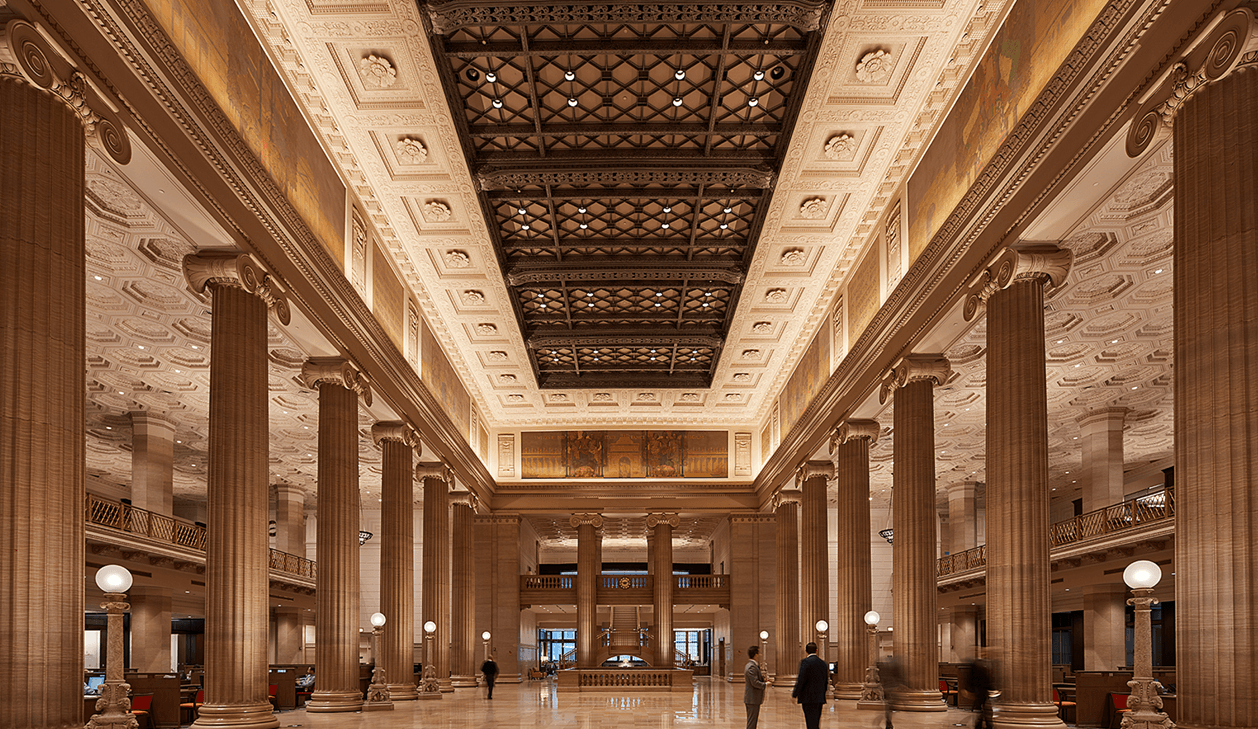What You Need to Know about Buy-Now-Pay-Later and Your Finances
What You Need to Know about Buy-Now-Pay-Later and Your Finances
Consumers are increasingly interested in how Buy-Now-Pay-Later (BNPL) financing can help play a role in their purchasing decisions. BNPL does make it easier for consumers to buy big-ticket items more quickly, but few fully understand how the concept works1. Although BNPL might look similar to online credit card payments, these providers operate quite differently. There are pros and cons to BNPL depending on how you use it.
What is BNPL and how does it work?
Buy-Now-Pay-Later is a short-term financing option that can help you make purchases online quickly. With BNPL, you can complete a transaction and pay for it later, usually without having to pay interest. This option helps you pay for big-ticket items on your own schedule without having to wait until you have the funds ready. You can also use BNPL in lieu of a credit card, which may charge interest.
BNPL functions akin to installment loans, albeit without steep interest rates (as long as you pay on time). You agree to make payments over a certain period of time at a set sum, and may have to front some portion of the purchase yourself to qualify for financing. This down payment is typically about 25% of the total purchase price.
How BNPL differs from other forms of financing
BNPL is a different financing option than you might be used to. Unlike a credit card, there’s rarely interest on a BNPL purchase so long as you’re making on-time payments. If you were to pay with a credit card, you would have to pay interest on your remaining balance while repaying what you borrowed.
You may not need a credit pull to qualify either, which means it’s a faster way to pay than applying for a store credit card as well. The sign-up and application process is typically faster than most other financing options, too. BNPL reduces much of the friction at the checkout stage that credit, debit, and other payment platforms come with.
Why BNPL has become popular
BNPL has taken off in recent years. One July 2020 survey found that just under 45% of customers opt for BNPL to make big purchases affordable on a tight budget.2 Thirty-six percent said they use these tools to avoid paying credit card interest. In total, up to 60% of consumers have now tried out BNPL at least once.3
Big, otherwise unaffordable purchases can become easier to complete by way of BNPL, particularly for those who may not want to use - or do not have - a credit card. Two-thirds of BNPL users, according to one report, have been denied a purchase due to their credit history or income. Most consumers who use BNPL do so once every six months, which indicates its utility to help make big purchases easier to budget for.3
In short, BNPL can make big purchases easier to pay for, particularly for those who either want to avoid paying interest or for whom conventional credit tools are out of reach.
The pros of BNPL
BNPL gives you a significant amount of flexibility in terms of paying for big purchases in installments. Plus, this option can save you on interest payments as well, since most BNPL providers don’t charge interest as long as you’re paying on time.
There are also benefits to using BNPL as far as your credit score and reporting goes. Most companies do not report to credit agencies unless you fail to keep up with payments, which means there’s less credit utilization reported on your file. BNPL providers who do a soft credit pull, as opposed to a hard pull, do not end up impacting your credit score by checking your credentials. This option is also easier to qualify for than credit cards or other financing options.
The cons of BNPL
BNPL is not without its drawbacks, however. The temptation to overspend is high, given that these tools make it easier to pay for big purchases immediately. This can lead some to spend more money than they can afford, even with payment installments. BNPL tools may also charge daily late fees if you miss payments or have insufficient account funds.
Using BNPL usually means making a down payment on your purchase, which you wouldn’t need to do with a credit card. This could be a challenge as it cuts into funds saved for day-to-day expenses or other needs.
Conclusion
BNPL tools are an interesting option for people who want to make a big purchase without having to save ahead of time — or for those who would rather not pay via credit card. There are benefits and drawbacks to this tool, however, and it’s critical that you keep both in mind before you checkout. Be sure not to overspend, impulse shop, or miss payments. Doing so could harm your financial well-being and your credit score.
- Chainstorage.com. Survey: Many consumers misunderstand how buy now, pay later works. March 29, 2022
- The Ascent. Study: Buy Now, Pay Later Services Continue Explosive Growth. March 22, 2021
- C+R Research. Buy Now, Pay Later Statistics and User Habits.





